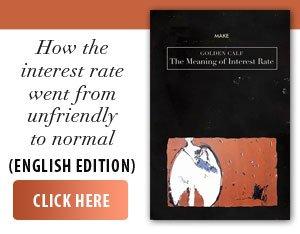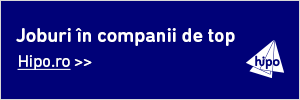The Recovery and Resilience Mechanism cannot be considered a truly "performance-based" instrument, states a report published last night by the European Court of Auditors (ECA). The cited document states that, although payments are not linked to actual costs, but to the achievement of predefined objectives, the mechanism measures technical implementation and administrative progress rather than real results or social and economic impact. For example, many milestones and targets refer to quantitative achievements (number of buildings renovated, equipment purchased), without assessing efficiency or the real effect on the population or the economy.
"We do not know what has been achieved with this money, nor who the final beneficiaries are. It is vital that future EU budgets are more clearly linked to performance, not just implementation progress," said Ivana Maletić, a member of the European Court of Auditors.
The report also shows that of the euro359 billion allocated through the MRR, as grants, almost 75% has already been transferred to the member states. We note that the total allocation through this mechanism amounts to euro650 billion, of which euro359 billion is grants and euro291 billion is loans.
In addition, the level of ambition and clarity of milestones vary between countries, which raises issues of comparability and fairness. In the absence of harmonised criteria, the risk of unequal treatment is high. The ECA auditors say that the common indicators used for monitoring are weak: only 4 out of 14 measure results, but none track long-term impact. Also, 36% of the NRRP measures are not linked to any common indicator.
Therefore, the effectiveness of the mechanism is impossible to assess, as the European Commission does not collect information on the actual costs of the measures. The ECA argues that the reporting is based on estimates or unit values. A concrete example presented in the report is the measure "Digital Modernisation of the State and Territories" in France, which was implemented at an actual cost of euro368 million, compared to an initial estimate of euro500 million, but France received the full estimated amount.
Among the vulnerabilities reported is the lack of robust control mechanisms. The European Commission can only impose financial corrections in serious cases, such as fraud, which allows payments to be made even in the presence of irregularities in public procurement. In some cases, Member States received significant funds before the projects were completed. Another major problem is the significant increase in financing costs. The loans that feed the MRR were taken out in a period of low interest rates, but they have since increased dramatically, putting pressure on future EU budgets. The Court recommends establishing clear repayment plans and more careful management of financial risks in the case of future similar initiatives.
According to the current plan, the implementation of the MRR should be completed by August 2026. However, many of the financed measures are still being implemented and the real impact on the economies of the Member States remains uncertain.
According to the Court of Auditors' report, other vulnerabilities are the transparency and reliability of data, as Member States are not required to provide solid justifications for the data reported and the Commission is limited to plausibility checks, without rigorous audits. As a result, the quality of the data is often uncertain, affecting the credibility of the reporting and monitoring system, say the European Court of Auditors' auditors.
As regards the protection of the EU's financial interests, the Court finds that the current framework is insufficient. Compliance with EU and national rules is not a condition for making payments, and the Commission has no clear levers to suspend or recover funds in case of non-compliance or non-completion of measures. The risk of double financing with other EU funds is also not sufficiently managed.
A crucial aspect is that the Recovery and Resilience Facility is financed almost exclusively by borrowing from the European Commission on the capital markets. This model introduces significant risks to the sustainability of the EU budget. Estimates show that by 2026, financing costs could more than double, and the pressure on future multiannual financial frameworks will be considerable, in the absence of a clear repayment plan.
In this context, the European Court of Auditors offers a number of key recommendations for future performance-based instruments: financing will be linked to results and impact, not just technical achievements; milestones and targets defined in a harmonised manner and applied uniformly across all Member States; real cost data collected and used to assess efficiency; the legal framework including clear eligibility conditions and the possibility of recovering funds in case of non-compliance; robust ex ante and ex post control, with clearly delineated responsibilities between the Commission and the Member States; full transparency in the allocation, use and reporting of funds.
In conclusion, although the Recovery and Resilience Mechanism represented a rapid and massive response to an unprecedented crisis, in the absence of a strategic approach focused on real performance, accountability and transparency, such instruments risk diminishing their impact.


















































